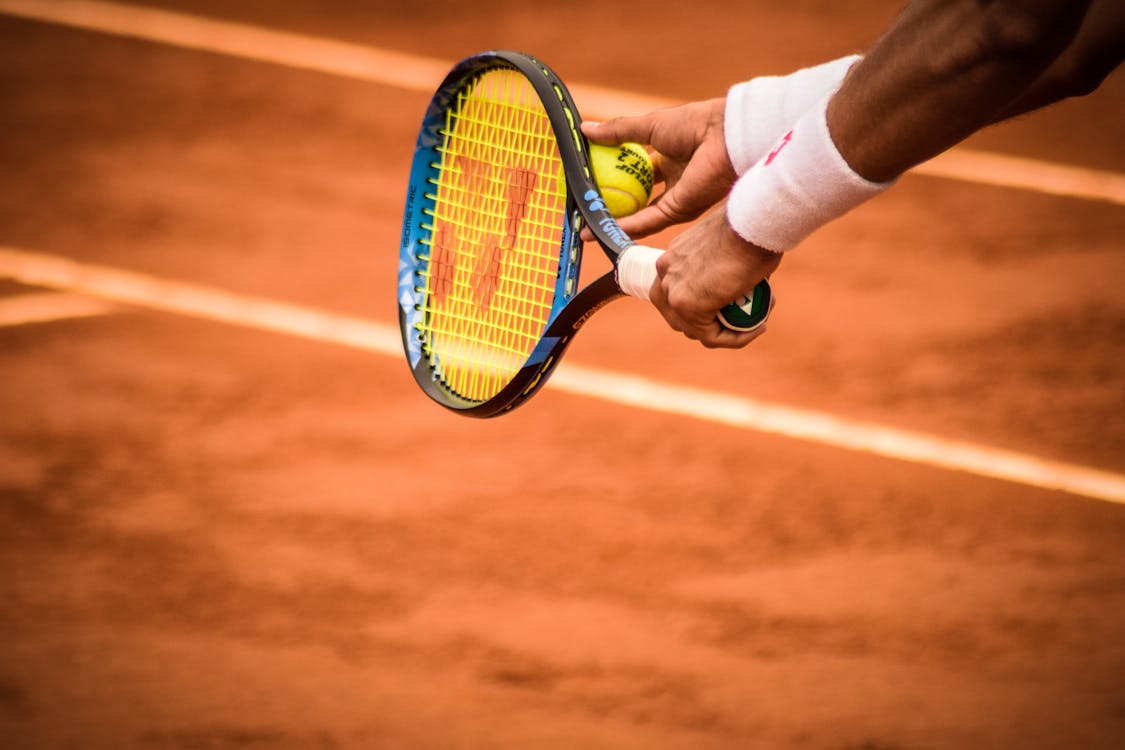
1. Safety First: Protecting the Athlete
One of the primary functions of sports equipment is ensuring the safety of the athlete. In contact sports like football, hockey, and rugby, protective gear like helmets, shoulder pads, and mouthguards are indispensable. These items minimize the risk of injuries, which could range from minor cuts and bruises to more severe concussions and fractures. Even in non-contact sports, such as tennis or running, the right footwear and padding can prevent overuse injuries or joint strain.
For example, basketball players rely on high-quality sneakers with ankle support to prevent sprains. Similarly, cyclists wear padded shorts and helmets to shield themselves from impact during falls or accidents. These protective measures reduce the potential for long-term damage and ensure that athletes can enjoy their sports without unnecessary risk.
2. Enhancing Performance: The Right Equipment Can Make a Difference
High-performance equipment isn’t just about safety; it also boosts an athlete’s ability to perform at their best. Take tennis racquets, for example. Over the years, technological advancements in racquet materials—such as graphite, carbon fiber, and titanium—have allowed players to generate more power, spin, and control. The light weight of modern racquets enables faster reaction times, while the larger sweet spot allows for greater consistency.
Similarly, in sports like running, the development of lightweight, cushioned shoes tailored for different types of running (sprints, long-distance, trail running) can vastly improve speed, endurance, and comfort. For swimmers, advanced swimsuits made from hydrodynamic materials reduce drag and help them glide through water more efficiently, giving them a competitive edge.
When athletes use equipment designed specifically for their sport and individual needs, it can translate into significant improvements in technique, speed, and precision. Equipment such as golf clubs, baseball bats, or soccer balls—designed for optimal performance—ensures that athletes maximize their potential in every match or competition.
3. The Evolution of Sports Equipment: Technology Meets Tradition
Over the years, the development of sports equipment has been shaped by advances in science and engineering. Innovations such as the use of lightweight, durable materials, ergonomic designs, and digital technology have revolutionized the way sports are played.
In the world of football, for instance, helmets have evolved from basic leather caps to high-tech designs equipped with sensors that measure impact force and help coaches and medical teams assess the risk of concussions. In cycling, advancements in frame design and materials (like carbon fiber) have led to faster, lighter bikes, allowing athletes to break speed records and win major races.
Even beyond the obvious, technology has also impacted equipment like training tools. Wearable devices like heart rate monitors, smartwatches, and fitness trackers allow athletes to monitor their performance, track vital stats, and adjust their training regimen accordingly.
4. Sport-Specific Gear: Tailoring Equipment for the Game
Different sports require specific equipment designed to meet the unique demands of the game. Soccer players need cleats for traction on the field, while hockey players wear skates for speed and agility on the ice. Basketball players rely on cushioned shoes to withstand the impact of jumping and running on hard court surfaces.
The ball itself is one of the most vital pieces of equipment in any sport. The regulation of ball size, weight, and material is crucial for fair play. A soccer ball must meet FIFA's specifications for weight and size, while the basketball’s bounce and grip are designed to facilitate dribbling and shooting accuracy.
In sports like archery, precision is key, and the quality of a bow and arrow can make or break a performance. Similarly, the design of a baseball glove is vital to an athlete’s ability to catch a ball and react quickly.
5. Conclusion: The Crucial Role of Sports Equipment
Sports equipment is more than just an accessory—it’s an integral part of an athlete's success and safety. Whether it’s the high-tech racquet of a professional tennis player or the sturdy cleats of a football player, the right gear can make all the difference. It’s about balancing innovation with the specific needs of each sport to help athletes perform to the best of their abilities while protecting them from injury.
For both professionals and amateurs alike, investing in quality sports equipment can improve performance, increase safety, and elevate the overall experience of the game. With the continuous evolution of technology, the future of sports equipment promises even more exciting developments to help athletes push the boundaries of what’s possible.